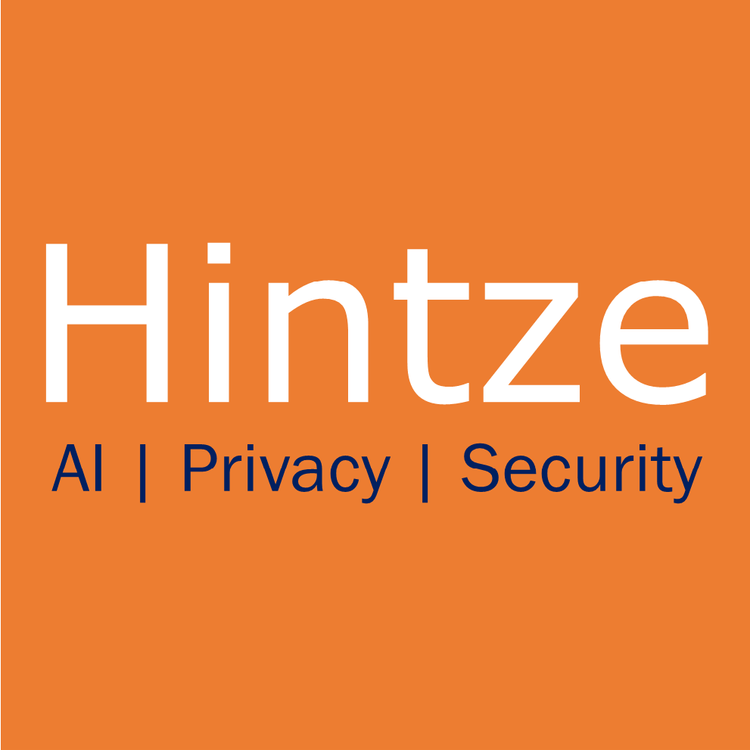By Leslie Veloz
On October 13th, 2025, Governor Gavin Newsom signed into law AB 853, which amends the California Artificial Intelligence Transparency Act (AI Transparency Act (SB 942)), a law placing obligations on makers of generative AI systems aimed at increasing transparency to allow individuals to more easily assess whether digital content is generated or modified using AI.
Read MoreBy Hansenard Piou
On October 13th, 2025, Governor Newsom signed the Digital Age Assurance Act (AB 1043) into law. Introduced by co-authors Assembly Member Buffy Wicks and Senator Tom Umberg, the law establishes age-assurance requirements for computer and mobile operating system providers and app stores as well as app developers with an aim to protect children’s online safety. The Digital Age Assurance Act enters into effect on January 1, 2027.
Read MoreBy Emily Litka
This is the second in a series of blog posts about the DOJ Rule regarding Access To U.S. Sensitive Personal Data and Government-Related Data by Countries of Concern or Covered Persons (the “DOJ Rule”). It provides an overview of one of the categories of data that is in scope under the DOJ Rule: bulk U.S. sensitive personal data.
Read MoreBy Hansenard Piou and Sam Castic
This is the first in a series of blog posts about the DOJ Rule regarding Access To U.S. Sensitive Personal Data and Government-Related Data by Countries of Concern or Covered Persons (the “DOJ Rule”). It provides a high-level overview of the kinds of cross-border data transfers that are regulated by the DOJ Rule. Future blog posts will more closely examine the DOJ Rule, its requirements, potential impacts, and strategies to address compliance.
Read MoreBy Susan Hintze, Emily Litka, and Amy Lanchester
This is Part 2 in a series of blog posts about the 2025 COPPA Final Rule. It provides a comprehensive review of the revised definitional changes to the Rule. Subsequent posts in the coming days will delve more deeply into the direct and online notice, parental consent, and data governance requirements. Our unofficial redlined copy of the Final Rule can be found here.
Read MoreBy Susan Hintze and Emily Litka
This is Part 1 in a series of blog posts about the 2025 COPPA Final Rule. It provides a high-level overview of the Final Rule. Subsequent posts in the coming days will delve more deeply into individual aspects of the Final Rule and FTC comments, the issues raised, and implications for specific industry sectors.Our unofficial redlined copy of the Final Rule can be found here.
Read More






